You don’t need a garage full of machines to get fit at home - the right Fitness Accessories turn the space you already have into a genuinely effective gym. From mats and resistance bands to heart-rate straps and foam rollers, intelligent add-ons help you train harder, recover better and stick with it. In this guide, we’ll map the most useful Fitness Accessories to your goals (cardio, strength and mobility), show how they align with NHS/ACSM activity recommendations, fold in what recent product tests and award lists say, and give you practical bundles by budget and space. By the end, you’ll know exactly what to buy, how to use it, and how to build a four-week plan around your new kit. nhs.uk+2ACSM+2
1) Why accessories matter for home fitness
Small accessories punch far above their weight. A quality mat reduces joint stress, bands add progressive resistance without heavy weights, and a chest strap makes every treadmill or rower session more precise. Crucially, these purchases help you meet evidence-based activity targets - about 150 minutes of moderate cardio (or 75 minutes vigorous) plus two strength sessions weekly - without needing large equipment. nhs.uk+1
Unique insight: Treat accessories as adherence tools. The best item isn’t just “smart”—it’s the one that gets you to train tomorrow. Place bands by the sofa; keep a mat unrolled; mount a tablet at eye level on your bike. These micro-nudges increase the odds you’ll show up.
2) How to choose the right Fitness Accessories
Goal first. For endurance and fat loss, prioritise HR tracking, a floor mat for longer cardio bouts, and a fan/device mount to maintain pace. For strength and toning, look at bands, suspension trainers, and adjustable dumbbells. For mobility or rehab, add a Pilates ball, roller and stretch strap. Retailer “essentials” lists echo this mix, but we’ll refine by space and noise. Decathlon
Space, budget, and flooring
- Small flats: Foldable mats (6–8 mm), mini-bands, jump rope, compact roller, and tablet holder.
- Shared walls/floors: Use equipment mats and silicone pads to cut vibration transfer from treadmills/rowers; slower cadence, higher incline/resistance can reduce impact without losing intensity.
- Tight budgets: Bands, mat, rope and a basic HR strap provide the biggest return per pound. Decathlon and similar retailers often bundle these affordably. Decathlon
Noise & vibration control for flats
Cardio machines on upper floors? A dense rubber mat helps; so does technique (shorter stride, higher cadence). Add a small desk fan and headphones to maintain intensity at lower noise levels (Vogue, MH and People Test frequently bundle wearables/earbuds as workout enhancers). British Vogue+2Men's Health+2
Safety and form support
Suspension trainers and bands allow joint-friendly training and regressions; stability balls and Pilates balls aid posture cues, especially for core work. Patient
3) Foundations: mats, bands, and straps
Exercise/yoga mats
A non-slip mat protects floors and wrists, and it’s your base for core, mobility and recovery. Category pages consistently prioritise mats as a starter accessory, and for good reason—your mat increases training minutes because it’s always ready. Look for at least 6 mm thickness and grippy texture. Decathlon
Resistance bands & mini-bands
Bands deliver scalable resistance for glutes, shoulders and core, and they pair with cardio warm-ups on bikes/rowers. Compared to dumbbells, they’re ultra-portable, joint-friendly and cheap. Multiple “home gym essentials” lists put bands in their top tier. Rotate light–heavy bands to progress weekly. Decathlon+1
Suspension trainers
Anchor a door-mounted suspension trainer for rows, presses and single-leg work that lights up stabilisers—great cross-training for runners and rowers. Retailer kits often include a door mount and extension; ensure weight ratings exceed your needs. Decathlon
Unique insight: Keep your mat unrolled. Visibility = usage. A “ready station” can add 5–10 minutes of mobility daily, edging you towards NHS guidelines. nhs.uk
4) Cardio-centric add-ons for treadmills, bikes & rowers
Heart-rate monitors & chest straps
While watches are convenient, a chest strap often gives more stable HR data during intervals—a better way to hold Zone 2 or target VO₂ intervals on a treadmill or rower. Use it to accumulate 150 weekly minutes in the right zones. Recent awards and tests highlight wearables improving adherence and feedback loops. www.heart.org
Device mounts, tablet holders & fans
Mounts keep metrics and coaching apps within sight; a clip-on fan reduces perceived exertion, helping you extend sessions. Editorial listicles frequently show tablet-plus-mat setups for compact homes. British Vogue
Equipment mats, lubricants & noise-damping
For treadmills/rowers, add a dense mat to protect floors and cut vibration, and keep maintenance (belt lubrication) on schedule to reduce noise and extend life—tips commonly found in home-gym buyer guides. Decathlon
Unique insight: If you’re training in a flat, combine higher incline + lower speed on treadmills to maintain heart rate with gentler foot strike.
5) Recovery & mobility must-haves
Foam rollers, massage balls & percussive guns
Mobility tools help you feel fresher for the next cardio block. A roller and a small ball cover most needs; a compact massage gun is a nice-to-have. Award roundups and “tested” pieces often include percussive therapy for recovery.* People.com
Stretch straps & Pilates balls
A Pilates ball is an inexpensive way to add instability to bridges, dead bugs and wall squats—Marie Claire highlights them as a budget alternative to reformer-style resistance. Pair a stretch strap for post-row or post-ride hamstring/calf work. Marie Claire UK
Unique insight: Bookend cardio with a 5-minute mobility “minimum effective dose”. Consistency beats marathon stretch sessions.
6) Smart wearables & trackers
Watches, rings and earbuds that aid adherence
Trackers make invisible effort visible. Newspaper tests in 2025 ranked top fitness watches for multi-sport tracking; smart rings extend battery life and sleep tracking; ANC earbuds keep rhythm without blasting volume. These aren’t vanity purchases—they’re adherence tech. The Independent
What the tests and awards say
Independent testing and awards frequently cite comfort, battery life, accuracy and integration with health apps as key. Shortlist products with reliable HR, GPS (if you run outdoors), and robust app support. The Independent+1
Unique insight: If budget is tight, prioritise a reliable chest strap over a premium watch—the strap upgrades every cardio machine instantly.
7) Strength accessories that complement cardio
Adjustable dumbbells, kettlebells & steps
Home-gym lists consistently include adjustable dumbbells (space-saving) and kettlebells (power + cardio). Add a step/platform for low-impact conditioning. This trio covers push/pull/hinge/squat patterns and supports the two weekly strength sessions NHS/ACSM recommend. JLL Fitness+2GearLab+2
Grip trainers & lifting supports
If you row or deadlift, grip can be the bottleneck. Simple grip trainers, straps or gloves help you hit the target reps without tearing up your hands; belts are optional for heavier work. Retailer accessory pages commonly group these aids together. sportsdirect.com
Unique insight: For cardio-dominant users, one kettlebell + bands + step offers unrivalled conditioning variety in a tiny footprint.
8) Hydration, storage & hygiene
Water bottles, towels & wipes
Hydration and hygiene accessories are omnipresent in category pages for good reason—they keep sessions comfortable and equipment clean, especially shared machines. sportsdirect.com
Storage racks and small-space solutions
Wall hooks, under-sofa bins and corner racks keep bands, mats and rollers visible yet tidy. The neater the setup, the lower the friction to train.
Unique insight: Store bands near your cardio machine; warm up with banded glute activation to improve knee tracking on runs and rows.
9) Budget tiers: build your bundle
Under £50 starter kit
- Mini-bands, 6 mm mat, basic jump rope, stretch strap.
- Goal: mobility + short HIIT finishers.
£50–£200 performance boost
- Add foam roller, suspension trainer, equipment mat, chest strap.
- Goal: accurate Zone 2 and progressions without buying big machines.
£200+ smart upgrade
- Adjustable dumbbell/kettlebell, compact massage gun, tablet mount.
- Goal: full-body program with data-driven cardio.
(These tiers reflect patterns in “essentials” guides and tested gear lists, adapted for UK home spaces.) Decathlon+1
10) Sample 4-week accessory-powered plan
Weekly structure (repeat x4):
- 2× Cardio (30–40 min): Treadmill/bike/rower + chest strap for Zone 2.
- 2× Strength (25–35 min): Bands + dumbbells/kettlebell, full-body circuits.
-
Daily mini-mobility (5–10 min): Mat + roller/strap.
This aligns with NHS/ACSM guidance and supports heart-health outcomes observed in recent research on activity dose and step counts. nhs.uk+2www.heart.org+2
Progression: Add 5 min to one cardio day weekly; increase band/dumbbell load by 2–5% bi-weekly.
Custom images / infographic concepts
1. “Accessory Map for Home Spaces”
- What it shows: A simple room layout with zones: cardio corner (mat, fan, tablet mount), strength nook (bands, adjustable dumbbell), recovery basket (roller, ball).
- Alt text (SEO): “Fitness Accessories layout for a compact home gym showing mats, bands, heart rate strap and foam roller.”
2. “Heart-Rate Zones Cheat Sheet”
- What it shows: A clean graphic defining Zones 1–5, with examples for treadmill/rower sessions, and icons for chest strap vs watch.
- Alt text (SEO): “Fitness Accessories guide to heart-rate zones with chest strap and watch for home workouts.”
3. “Budget Bundle Ladder”
- What it shows: Three stacked tiers (Under £50, £50–£200, £200+), each with icons for the recommended kit.
- Alt text (SEO): “Fitness Accessories budget bundles for home workouts showing starter, performance and smart upgrade options.”
Quick Takeaways
- Start small: mat + bands + chest strap transforms any room into a gym.
- Cardio accuracy matters: HR straps keep you in the right zones for results. www.heart.org
- Mobility compounds: 5–10 minutes daily keeps you training consistently.
- Noise control: equipment mats + technique tweaks = neighbour-friendly cardio. Decathlon
- Evidence-aligned: Target ~150 mins cardio + 2 strength sessions weekly. nhs.uk
- Upgrade smartly: adjustable dumbbells/kettlebells unlock whole-body training. JLL Fitness
Conclusion
Your home setup doesn’t need to be complicated or expensive. With Fitness Accessories chosen for your goals, space and budget, you’ll tick off NHS/ACSM training targets, keep joints happy, and build momentum week after week. Start with foundations—mat, bands, HR strap—then add recovery tools and a couple of strength pieces. If you already own a treadmill, bike or rower, a simple bundle of cardio add-ons (equipment mat, fan, tablet mount) can dramatically improve comfort and adherence. Commit to the four-week plan, track your sessions, and iterate. Ready to put your accessory bundle to work? Prioritise one small purchase today and do a 10-minute session on the mat—consistency starts now. nhs.uk+1
FAQs
-
What are the best Fitness Accessories if I have almost no space?
A 6–8 mm mat, mini-bands, jump rope and a compact roller fit under a bed/sofa and cover warm-ups, HIIT and mobility. Long-tail: exercise mat for small spaces. -
Are heart-rate watches good enough, or do I need a chest strap?
Watches are convenient, but chest straps often deliver steadier readings for intervals and rowing—use whichever you’ll wear consistently. Long-tail: heart rate chest strap vs watch. www.heart.org -
Which accessories support healthy weight loss?
Focus on adherence tools: HR strap for zone-based cardio, mat/bands for strength twice weekly, and a roller to reduce soreness—the combo aligns with studies recommending ~150 mins of weekly aerobic exercise. The Guardian -
I’m mainly a rower—what should I add?
Equipment mat (noise/floor protection), chest strap for steady-state sessions, and mini-bands for glute activation to stabilise knees and hips. -
Are Pilates balls worth it at home?
Yes—cheap, small, and they make core work more effective; media tests highlight them as a cost-effective upgrade for mobility and posture. Marie Claire UK
We’d love your feedback!
Which Fitness Accessories made the biggest difference to your home workouts? Tell us below—and if this guide helped, please share it with a friend setting up their space. What’s the one accessory you wish you’d bought sooner?
References (authoritative sources)
- NHS – Physical activity guidelines for adults (150 mins cardio + strength 2×/week). nhs.uk
- ACSM – Physical Activity Recommendations and trends. ACSM+1
- British Heart Foundation (BHF) – Staying active and strength exercise benefits. British Heart Foundation+1
- Independent – 2025 expert-tested fitness trackers roundup. The Independent
- GQ Fitness Awards 2025 – Notable wearables, recovery equipment, and home-gym standouts. GQ
- Decathlon – Home gym essentials/accessories category (market view of core items). Decathlon
- OutdoorGearLab – Tested exercise equipment categories including mats, rollers and bands. GearLab
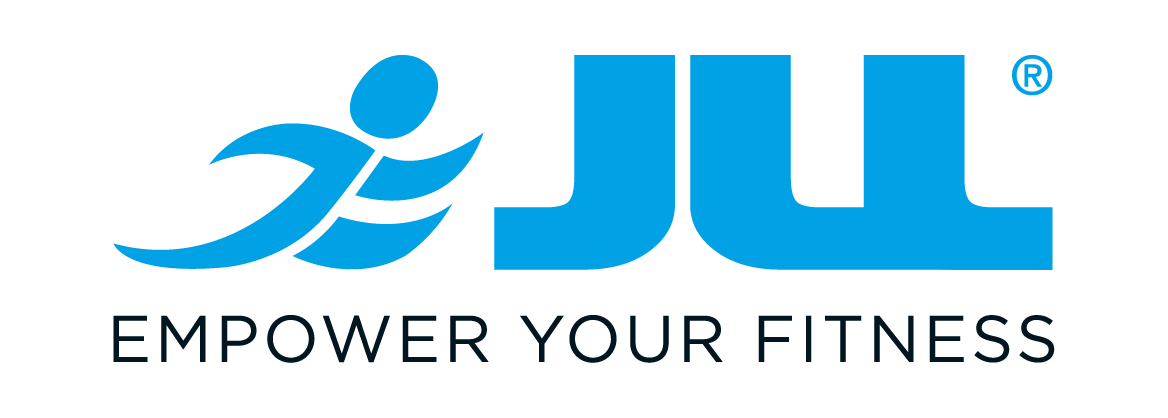

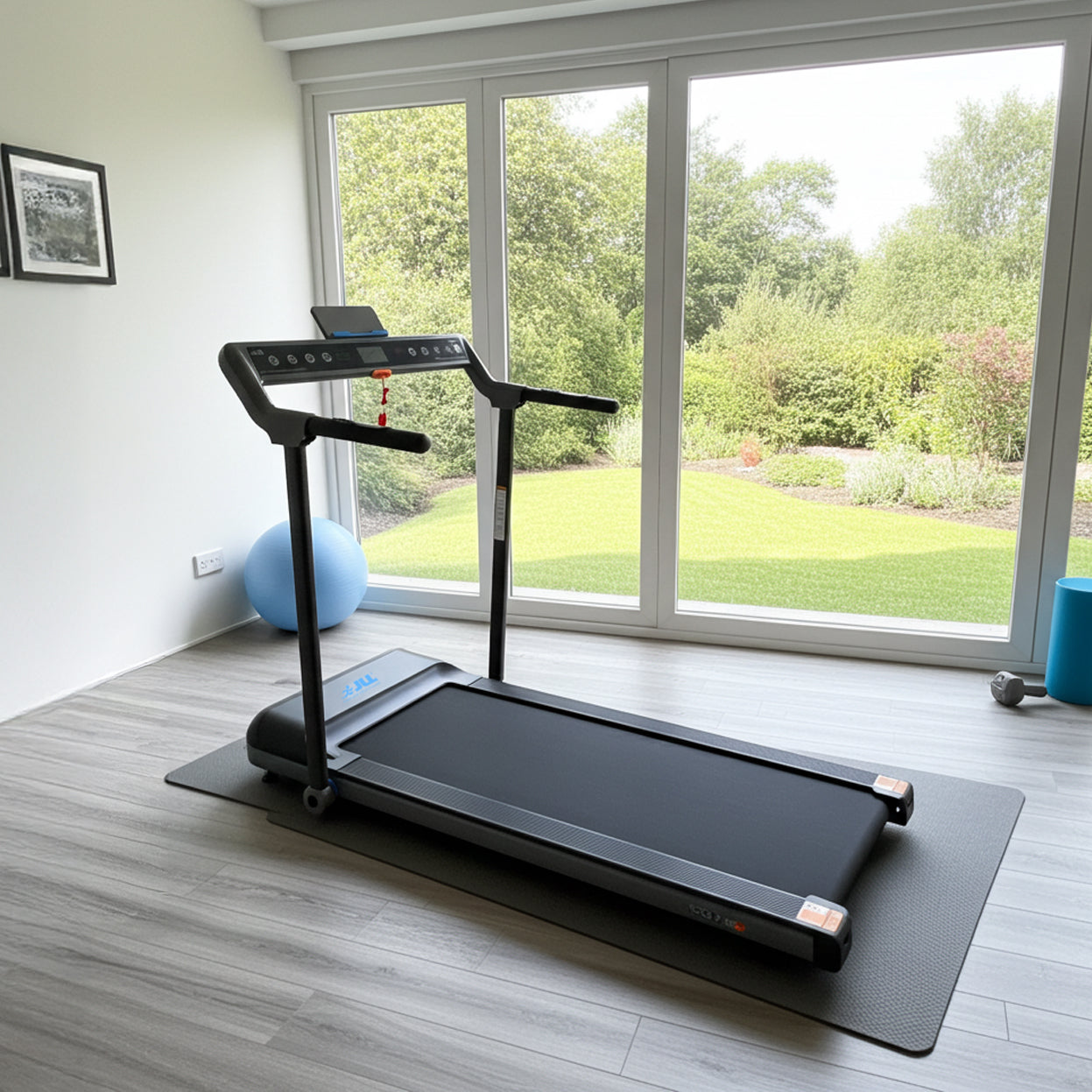
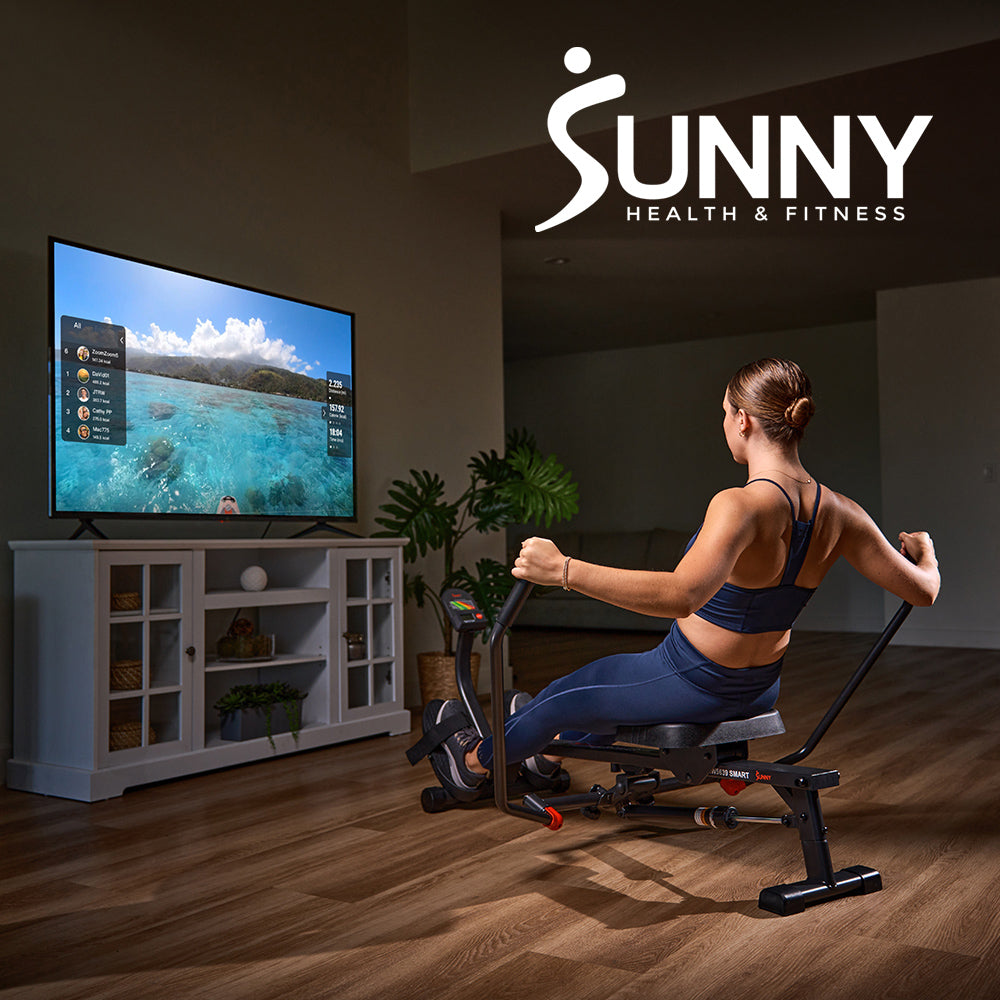
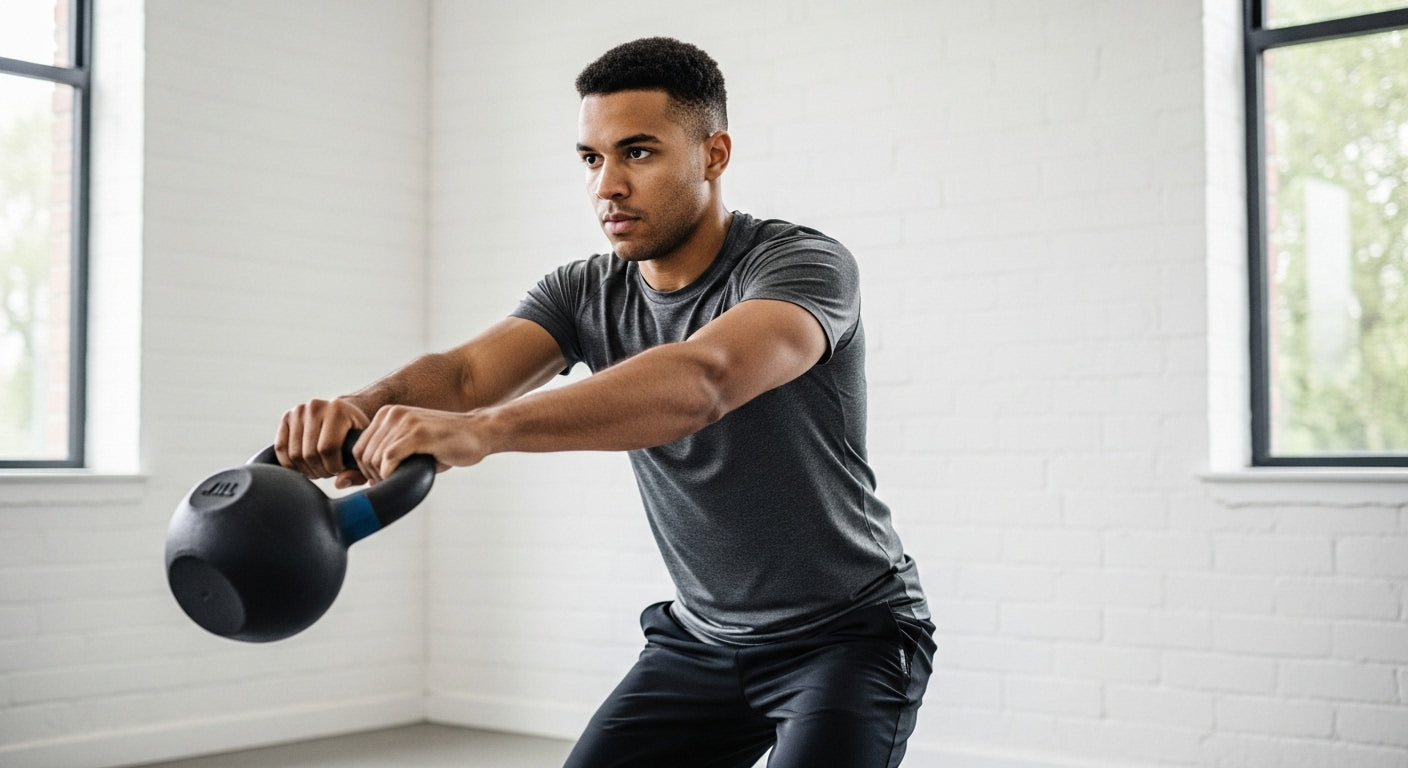

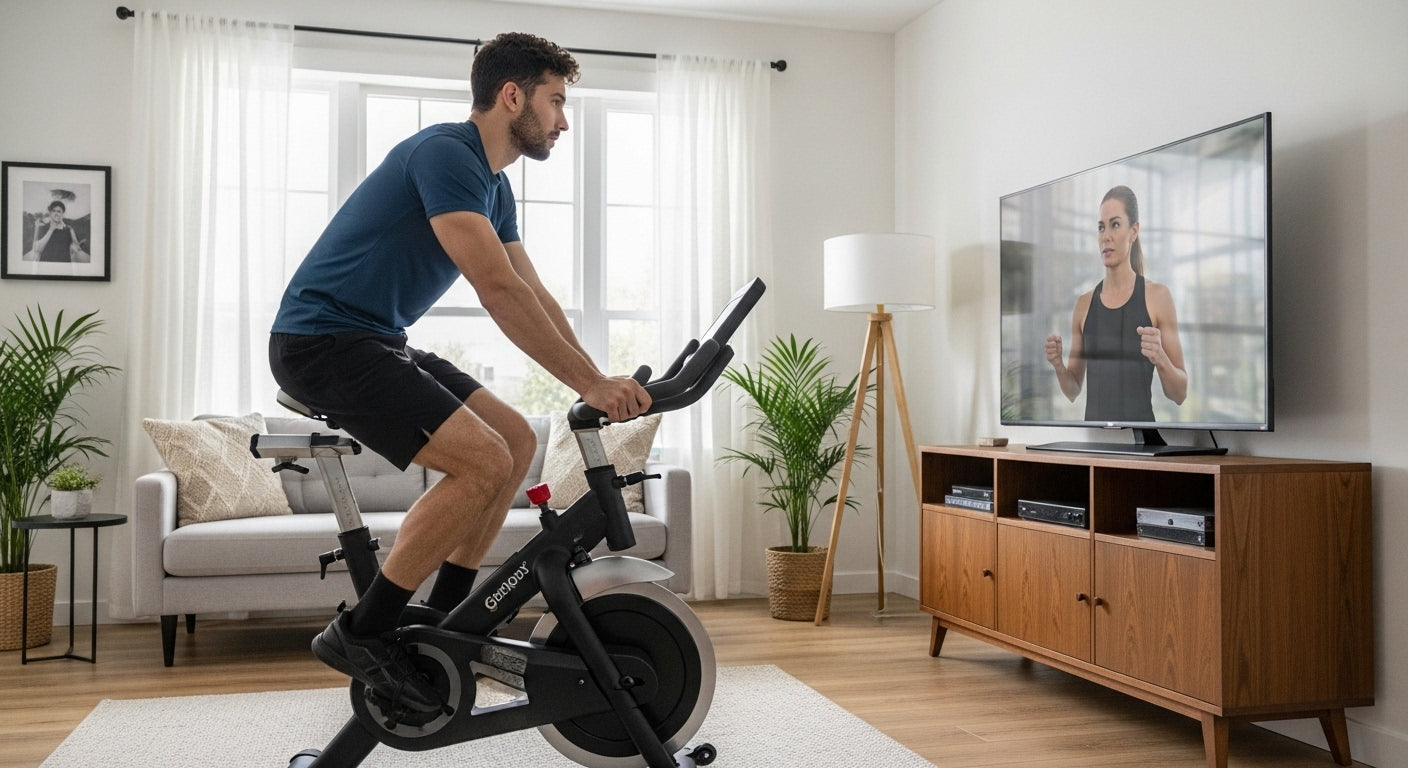
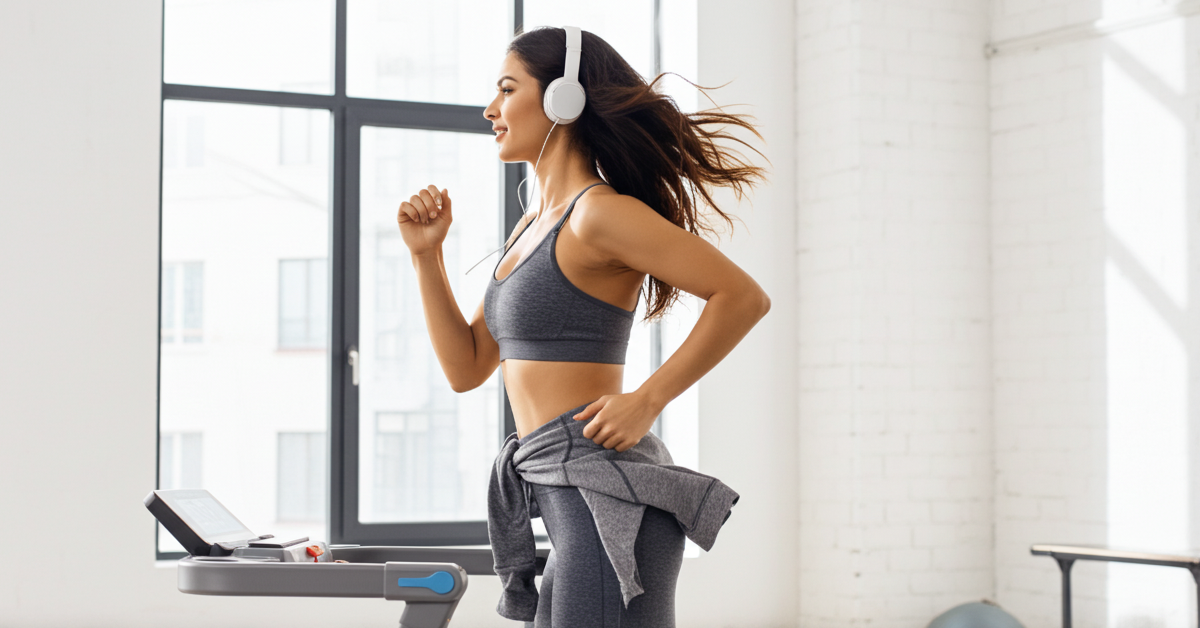



Leave a comment
All comments are moderated before being published.
This site is protected by hCaptcha and the hCaptcha Privacy Policy and Terms of Service apply.